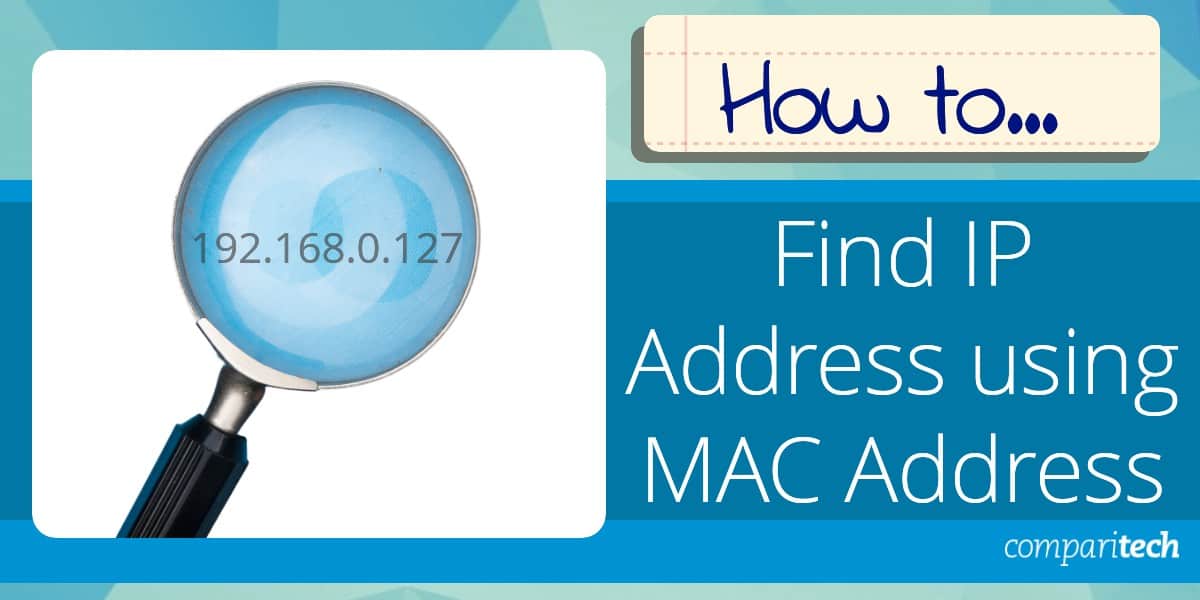
HOW TO CHECK MAC ADDRESS ON CISCO SWITCH FREE
PuTTY is a free open-source tool you can use to connect and configure devices through SSH and Telnet. In order to do this, we’ll use a popular command-line tool called PuTTY.

In order to continue, we’ll need to send commands to the switch in order to configure it before it is put on the network. Power on the switch and ensure it is in working order. You’ll want to verify your make and model of Cisco switch, as some models may have additional features and functionality that you’ll want to be aware of. Switch implementations can be easy for small networks, but quickly get complicated with V-LAN tagging, and round-robin scheduling for larger enterprise networks. Switches are a vital part of any network deployment and are often overlooked due to their native simplicity.
HOW TO CHECK MAC ADDRESS ON CISCO SWITCH HOW TO
In this article, we’ll review exactly how to configure a Cisco switch, and answer some frequently asked questions along the way. The choice of the 2 last byte depends may be on some hardware algorithm implemented by Cisco.Configuring Cisco Switches: A Step by Step GuideĬisco offers some of the world’s best networking equipment, however knowing how to configure those devices can be a challenge. The most important thing is to know your switch mac add and this is your ROOT hardware address. In my test, I noticed that the first SVI vlan has Hex e8c0 and the next Mac Hex e8c1is the first Giga Ethernet G0 / 1 and the second Giga Ethernet G0 / 2 was classified in the Fast Ethernet HEX e880, but not in the range e8c0. if you have less then FFFF will always haveīut again, it depends on your platform and the type of port.i explain Why: Hardware is EtherSVI, address is 8c2 (bia 8c2) New Vlanįor the Fast Ethernet it begin fro e881 last Hex of switch 0000 and start with 81.82.83 till 8F then the next mac for the next port will be 890 1001 0000. Hardware is EtherSVI, address is 8c1 (bia 0016.4639. Hardware is EtherSVI, address is 8c0 (bia 8c0) Vlan 1 I created 1 new Vlan and that s increment the last Hex Hardware is EtherSVI, address is 8c0 (bia 8c0) For vlan 1 and I have 24 Fast Ethernet and 2 Gigabit slot0 With vlan 1 up. In your test it seems to add 1 to the last Hex of the switch mac add like In this version> Hardware is Ethernet SVI, address is 000 (bia 000) Vlan2 unassigned YES unset administratively down down I tested with this version adventerprisek9 -15.1 with only 2 slot and 4 port each.i did a quick test by creating 3 vlans : sometimes it first XXXX are port and YYYY are slot. Once again it depends on your platform, stack, module, IOS version and the type of port Ethernet, Fast s different from one to another. One part is the slot number and the second part 4 bits are for the port number when you have a fixed number of slot and type( i will explain latter). Sounds interesting to try ? Please try it and give us your feedback, if it's a useful information that can add something to your experience and knowledge!įYKI, it can be tested via Cisco Packet Tracer.Ībout the last Hex XY or lets say last byte is split in 2 part XXXX YYYY. So, the only factor that controls the value of the last 2 characters in the SVI, is the precedence of vlan and it's SVI creation!

Regardless the vlan has a higher value (i.e 20) than the first one that you have created which was value 5, even if you would create the new one with lower value (i.e 4) than the first one that you have created it, it would be the same. if you configured one more vlan and make its SVI up, it will get

This 01, is not representing the conversion of 5 (as it's vlan 5) to hexadecimal, it's just representing the first SVI you have created in the switch.ģ. Now, you can use the command #show int vlan 5, to get the mac address of the SVI of vlan 5, Then make its SVI up by typing #int vlan 5 You can get now the mac address of the switch itself that is used in the STP election, for example The most interesting that get my attention when you have mentioned the # show int vlan 1, and what I would like to share, that each SVI should get a unique mac address as the default one (vlan 1), and the logic of the switch of giving mac addresses to the created SVI is to change in the last 2 characters of the switch mac address itself, and start addressing by 01, then 02 and so on, each time you create a new vlan and make its SVI up, it will directly give it a mac address according to this logic! Which shows the same mac address that is shown by the other commands! Actually, you are right, you can get the switch's mac address from these commands, in addition to the command:


 0 kommentar(er)
0 kommentar(er)
